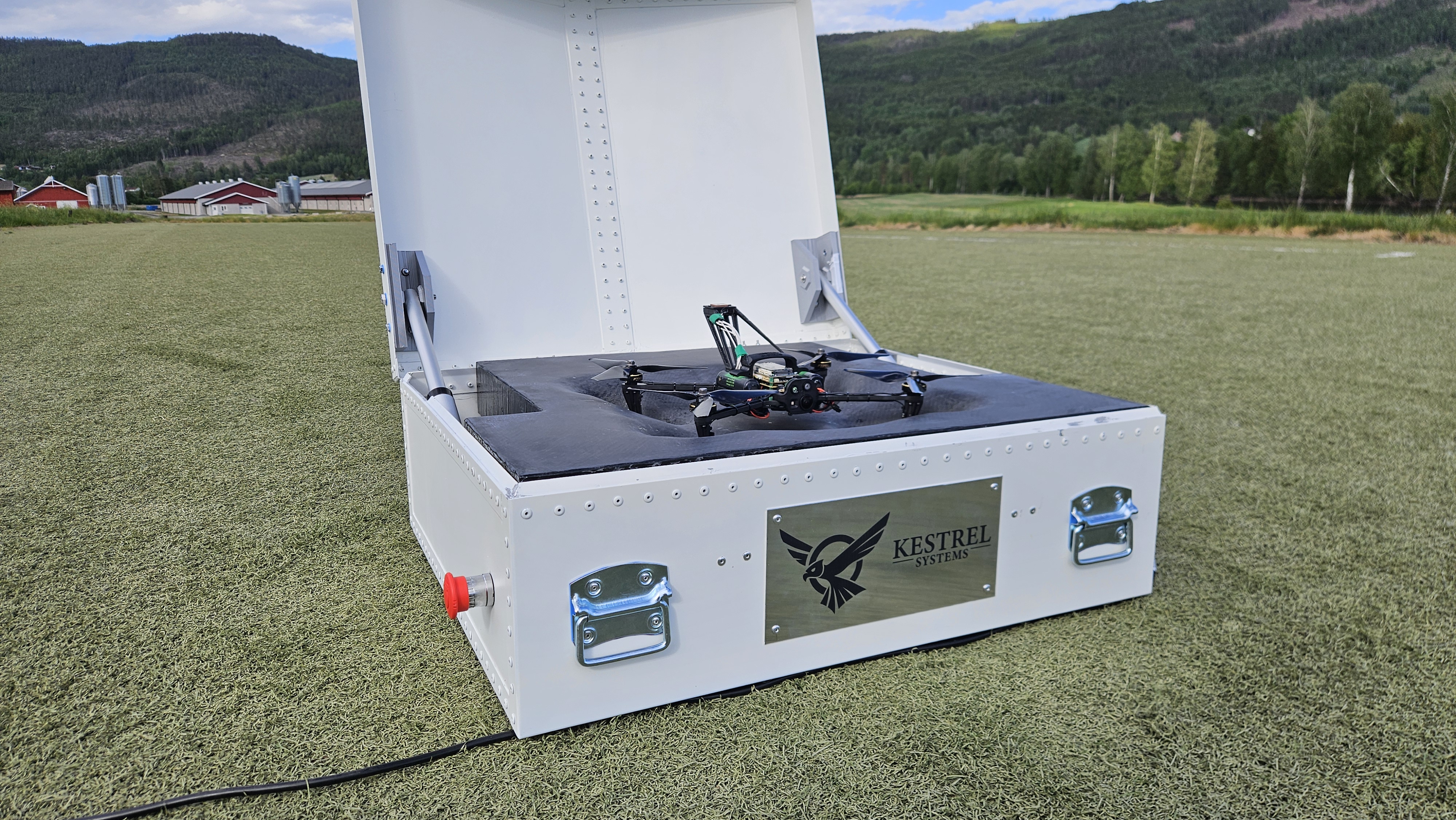This week marked substantial progress in both software development and hardware integration. Control scripts for the actuator were successfully implemented on the Raspberry Pi, along with field testing of a new GPS module. The landing procedure's computer vision component was completed and is in the process of being integrated into the drone system. Ground station functionality advanced further—key features such as a conditional launch button and a drone replacement system based on battery levels were developed and tested in simulation, though some reliability issues remain. Hardware tasks progressed with successful soldering work on GPS and power modules, and dispenser components were painted, assembled, and installed. Most report sections were updated or completed, reflecting the ongoing technical developments and testing activities.
Sprint Summary:
Task Table
| Name |
Task |
Comments |
| Kasper |
Work on the report.
Improve scripts on RPI to control the actuator and update the operator from QGC.
Test the new GPS module on the airstrip.
|
Completed the writing on the sections planned for the week.
Implemented the new scripts on RPI.
Was on the airstrip and tested the GPS module.
|
| Eirik |
Finish coding the computer vision part for landing procedure, integrate into the drone software.
Work on the report.
|
Code itself is finished, working on implementing the code to the drone.
Finished.
|
| Kristian T |
Write on report, especially testing.
Make sure the launch button actually launches.
Create a replace drone function that replaces the drone with drone 2 when battery is low.
Finish the app.
Sequence diagram for ground station and dispenser communication flow.
|
In progress.
Launch button works, and can only be used if drone charging is off and lid is open. Clicking launch will also automatically open the lid and wait for a response from Raspberry PI.
Reads drone battery, every x seconds. If battery is lower than x. drone 2 will be armed and sent to position of drone 1. simultaneously as drone 1 ascends 10m to create a safe distance between them. when the drones are less than 20m apart drone 1 auto Return to Launch. While simulating the process: drone 2 sometimes does not arm, but with a quick manual liftoff the rest of the replacing is done autonomous.
Can now be used to send position. tested with simulation.
Skipped.
|
| Kristian M |
Solder the GPS module extension.
Work on report.
Solder pogo pins onto the BMS module.
|
Finished.
In progress.
In progress.
|
| Ruben |
Work on the report.
Paint the dispenser.
Designed and printed the new GPS rack. Testing it on the airstrip.
|
In progress.
Finished.
Finished.
|
| Ulrik |
Work on the report.
Paint the dispenser.
Install the actuators and brackets in the dispenser.
|
Finished.
Finished.
Finished.
|
